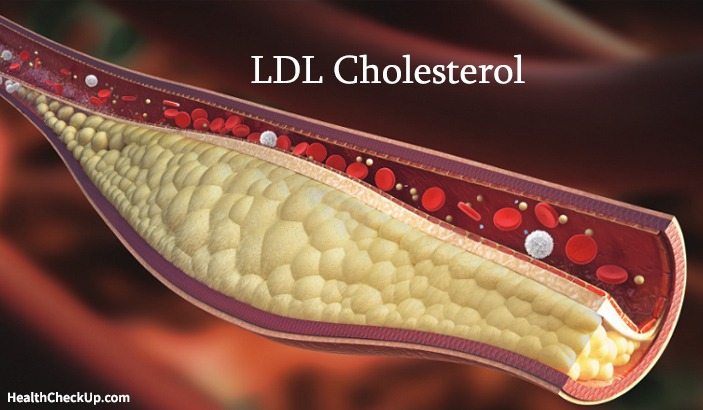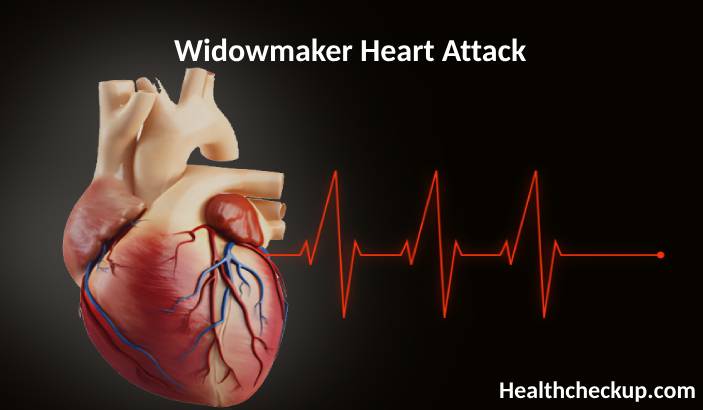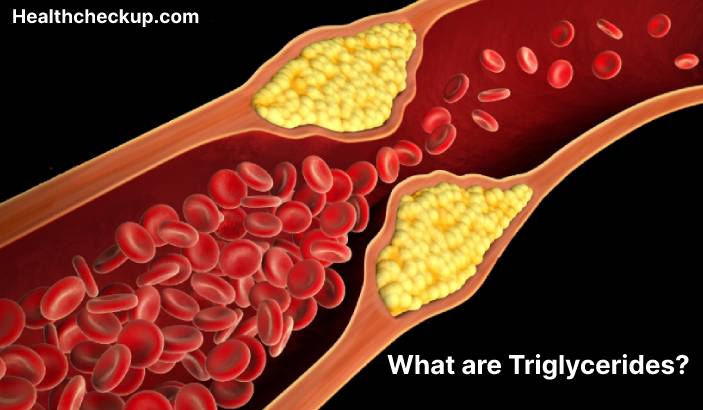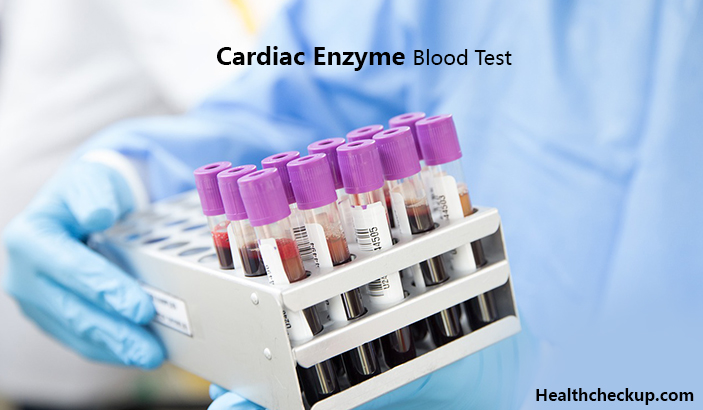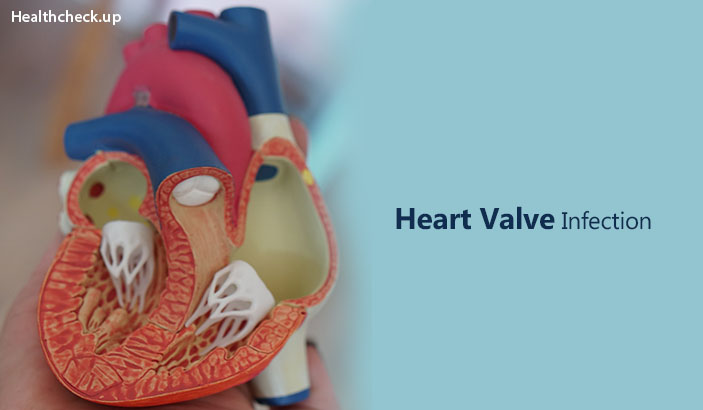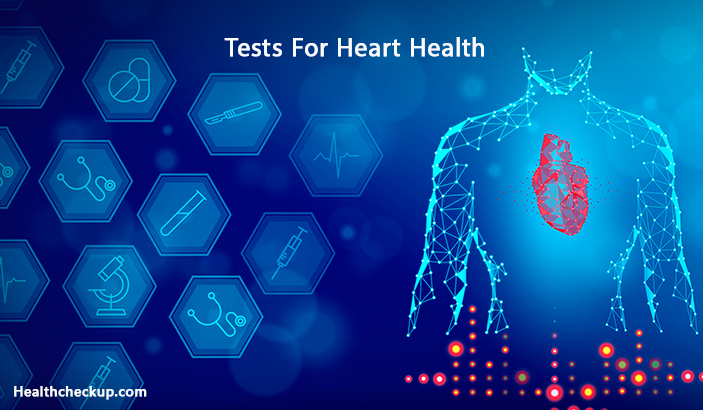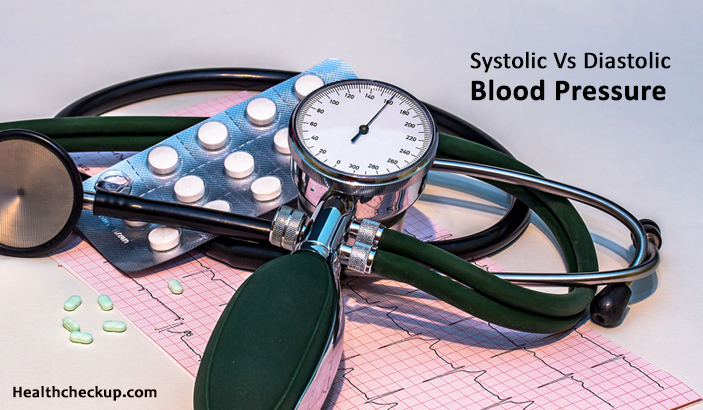Getting a health checkup done at least once a year is a must, however, most of us would prefer doing them only when the doctor asks us to. Emergency situations like a stroke or heart attack often warrant one test for sure i.e. the cholesterol level test. This is because the underlying cause of such an emergency could be high LDL cholesterol.
No wonder then, high cholesterol is often known as a “silent killer”. A health condition that doesn’t cause any symptoms till it’s too late. Millions of people all over the world are grappling with cholesterol issues today. According to the American Heart Association, “Cardiovascular disease holds the dubious distinction of being one of the leading causes of death in the world today, accounting for nearly 1.73 crore deaths every year. This number is expected to increase to 2.36 crore by the year 2030. More than a third of ischemic heart issues are caused because of high LDL cholesterol levels”.
The incidence LDL cholesterol cases are directly proportional to the income level of the country. Countries with low or middle level income account for 25% of adults suffering from cholesterol issues while the number goes up to almost 50% adults suffering from raised cholesterol in rich countries.
How does one fight a disease that catches people unaware? One way of doing that is to know everything there is to know about saturated fat. Take a look at what it means and what needs to be done to overcome issues with high cholesterol.
What is Saturated Fat and it’s Sources?
Saturated fats or cholesterol is nothing but a white wax-like substance produced by the liver in our body. It is also found in some of our food items. Not only do these fats help the functioning of cells in our body, but also help the body produce vitamin D, bile for digestion and other hormones. When the amount of these necessary fats in our blood goes up, it may increase the risk of heart and circulation issues.
Cholesterol is often carried by proteins in the blood known as lipoproteins. There are two kinds of proteins, the low-density lipoprotein aka LDL and the high-density lipoprotein aka HDL. Too much of anything is bad for health, which is the case with LDL cholesterol. However, high-density cholesterol protects our body from harm, hence the name good cholesterol. Knowing the LDL cholesterol levels in our body is the first step towards combating its effects.
Some factors that can affect the cholesterol levels in your body are Inherited genes, Food habits, Lifestyle, Gender, Weight, Culture and History of health.
These factors play a part in high cholesterol blood patterns, and if it is combined with other factors high blood pressure or smoking then the chances of facing heart issues is higher.
Need for Cholesterol Tests and How Often:
Just getting your cholesterol tested would not help. You need to know when we need to do it and how many times. Here are the different situations when the test needs to be done.
- Age 40-75 years – every 5 years
- On cholesterol medication – every 12 months
- Children whose parent/parents suffer from inherited high cholesterol – As soon as they are 10 years’ old
- First cousins of people suffering from inherited cholesterol – once you are told of the risk.
Types of LDL Cholesterol Tests:
There are two ways in which an LDL cholesterol test is done, i.e. a normal process where blood is drawn from the veins to conduct a full lipid profile which shows the level of all types of saturated fats in the body. The other option is where the level is measured through a capillary test. This test is done using a drop of blood which is taken by pricking a finger which is then analyzed for fat levels.
Measure of LDL Cholesterol Range
Most diagnostic centers use the Friedewald formula to measure LDL cholesterol with the assumption that the number of triglycerides to cholesterol would be constant.
Total cholesterol is measured by adding HDL + LDL+ (Triglycerides x 0.2). The range is often measured in milligrams for every deciliter of blood. The normal range for total cholesterol is 200-240 mg/dl.
An LDL cholesterol level of 200 mg/dl is the ideal, while anything between 201 mg/dl to 239 mg/dl is considered to be borderline high. A measure of 240 mg/dl and more is considered to be high.
LDL cholesterol is measured by subtracting HDL and Triglycerides from Total cholesterol divided by 5 i.e. Total cholesterols – HDL – Triglycerides/5
The ideal range for LDL would be below 100 mg/dl. Anything in the cholesterol range of 101 to 129 mg/dl is considered almost ideal. However, a measure between 130 -159 mg/dl is borderline high, between 160 -189 mg/dl is high and 190 mg/dl and above is considered very high. If you are at higher risk of suffering from a cardiac arrest, then maintaining a level of 70 mg/dl of LDL is the best way to avoid it.
HDL cholesterol helps the body keep the arterial blood vessels clear by taking the bad cholesterol out of the arteries. The lower the level of HDL in your body, higher are the chances of heart trouble. A HDL measure of 0-39 mg/dl falls under low hdl where heart disease risk is high. A measure of 40 – 59 mg/dl is normal while anything above 60 mg/dl is considered the best as it would help to prevent heart issues.
Now that you have read all about LDL cholesterol, it’s time to know a few things that could help us lower our cholesterol levels.
Here’s a Look at How to Lower LDL
Lifestyle Changes:
Doctors often advice changes in your lifestyle once you have been diagnosed with high cholesterol levels. You may have to give up habits like smoking, chewing tobacco etc.
Exercising:
It is ideal to start exercising and making it a part of your life just like other routine functions. If you are busy then you need to find the time or try different ways such as taking the stairs instead of the lift, parking away from your office, take a walk after your lunch.
Start Eating Right:
Eating the right kind of food often helps you win half the battle against a disease. Giving up on high cholesterol fast-food, including food times that are high in fiber, vitamins, and proteins while low on LDL cholesterol. Reducing intake of red meat and increasing fish intake can help too. Include food items like beans, whole grain, oats, fruits, vegetables and olive oil in your diet. Sweet potato, Okra (ladies finger), Broccoli, Apples, Strawberries, and prunes are good sources of cholesterol-lowering soluble fiber.
Orange peels, garlic, ginger and green tea are natural ways that can help you reduce the bad cholesterol and also increase the good cholesterol in your body.
Learn to Manage Stress:
Stress is often a reason for high cholesterol levels as well as other diseases. How you deal with stress at home, office and within the family plays an important role. Meditation, breathing exercises, yoga or relaxing can help you beat stress, which may help you reduce stress.
Medically Reviewed By


